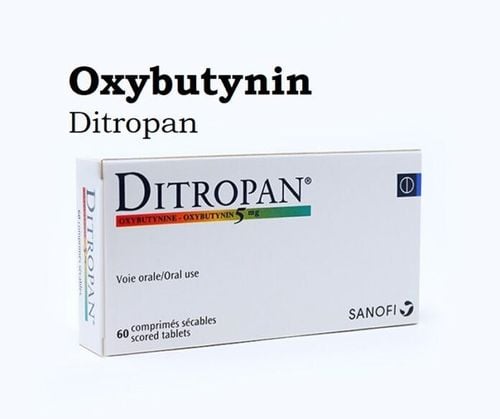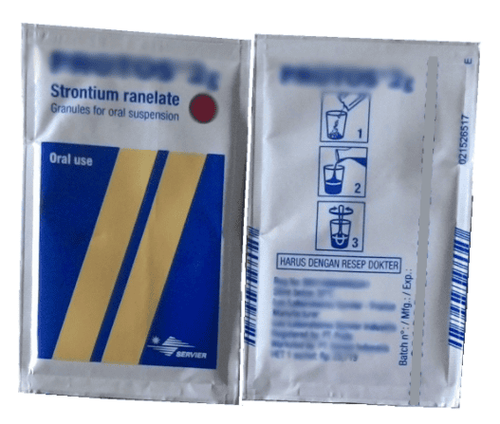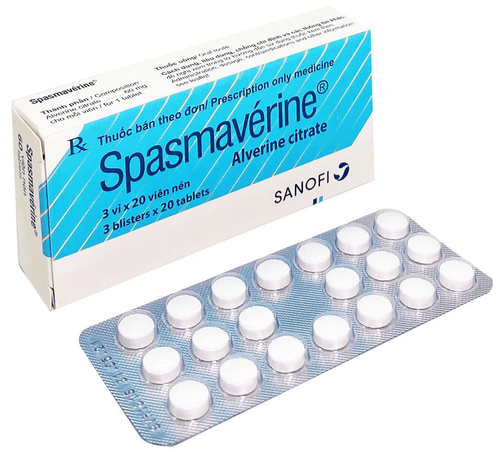This is an automatically translated article.
The article was professionally consulted by Doctor of Urology Department, Vinmec Central Park International General Hospital.Laparoscopic prostatectomy is a minimally invasive and effective surgical method. Surgery is applied to cases of benign prostatic tumors with complications or ineffective drug treatment, helping patients avoid a painful open surgery, risk of blood loss and long hospital stay. .
1. What is prostate cancer?
The prostate gland in men is located at the bottom of the bladder and surrounds the urethra. This gland secretes a fluid that mixes with semen, which helps protect the sperm and transport it during ejaculation.
At birth, the prostate gland is about the size of a pea. This line develops over time. At the age of 20, the gland is about 15-20g in size. In the period from 45 years of age and older, the prostate gland grows unstable, the size may gradually enlarge, causing benign enlargement of the prostate gland, also known as prostate fibroma.
Prostate cancer is a common disease in older men. The enlargement of the prostate gland can press on the urethra and deform the bladder neck, causing urinary disorders that manifest with many symptoms. Irritation symptoms such as frequent urination, nocturia, urgency. Obstructive symptoms such as: Difficulty urinating, hesitating to urinate, weak stream, not emptying urine... In addition, the patient may have urinary retention or other bladder disorders, urinary tract infection or urinary tract infection. kidney problems.
Currently, the cause of prostate cancer is still unknown. The disease is often related to age, the older the age, the higher the frequency of the disease. Men who are sexually active are more likely to get the disease. In addition, other factors such as: diet (drinking a lot of alcohol, spicy foods, holding urine for a long time), some genetic disorders are also related to this disease

Sự tăng kích thước của tuyến tiền liệt có thể làm chèn ép vào niệu đạo và bàng quang
2. Diagnosis of prostate cancer
Men over 40 years old, when having urinary disorders, should not be subjective but go to specialized medical facilities to be diagnosed. Methods of detecting prostate cancer:
Rectal examination (palpating the prostate through the rectum): helps the doctor, evaluate the size, density of the prostate, detect cancerous nodules in the prostate. . Blood PSA test: Blood PSA is one of the indicators to assess the risk of prostate cancer. It should be noted that rectal examination of the prostate gland can increase blood PSA, even in patients without cancer. Therefore, doctors usually draw blood before performing this procedure. It should be noted that PSA testing is not required in all cases. Transabdominal or rectal ultrasound: used to measure the size and volume of the prostate gland. Some complications in the kidney and bladder can also be detected such as: hydronephrosis, bladder stones, pocket in the bladder...
3. Methods of treating prostate cancer
Depending on the level of symptoms of urinary disorders, complications caused by prostate cancer and the patient's combined chronic diseases, the doctor will apply the following treatment methods:
Treatment Medical: A method of using drugs to improve symptoms of urinary disorders and reduce the risk of needing surgery. Drug treatment is applied to cases of moderate or severe urination disorder but no complications in the kidneys and bladder. Surgical method: Surgery is applied to cases of prostate cancer with complications such as: recurrent urinary retention, bladder stones or cysts, recurrent urinary tract infections, retrograde renal failure.. or when there is a severe urinary tract disorder that does not improve with medical treatment. Depending on the size of the prostate gland, the doctor will choose the appropriate surgical methods such as: ablation or evaporation of the prostate gland, prostatectomy ... with one of the types of energy such as electric bipolar and laser, ... Open surgery or laparoscopic surgery to remove the tumor is indicated in some special cases such as: it is not possible to operate prostate fibroids through the urethra or the tumor is > 100g in size.
4. Laparoscopic technique for cutting prostate cancer

Kỹ thuật nội soi cắt u xơ tuyến tiền liệt
4.1 What is endoscopic prostatectomy? Endoscopic transurethral resection of the prostate (TURP) is considered the standard technique in the treatment of prostate cancer. This method is usually applied when prostate fibroids weigh less than 60 grams. If the tumor is too large, the operation time is prolonged, the cutting area is large, the bleeding is high, and the risk of complications increases.
If prostate fibroids weigh < 30g, just slit the prostate from both sides of the bladder neck to near the mound (TUIP) without needing to cut many prostates.
Laparoscopic prostatectomy is a treatment method with many advantages such as safety, no incision, less pain, and fast recovery.
4.2 Performing surgery For endoscopic transurethral resection of benign prostatic tumors: The patient is given spinal anesthesia or general anesthesia. The surgeon inserts the endoscopic instrument from the urethra into the prostate gland and bladder. The lobes of the prostate are cut into small pieces and sucked out of the body. The cut area is burned to stop bleeding by unipolar or bipolar electrodes. The entire surgical process is controlled through a computer screen. The surgery takes about 60 minutes.
Advantages: Patients without incision quickly return to normal life, low complication rate. Average hospital stay is 2-3 days.
Cons: Although surgery is safe, complications can still occur such as:
Common: Retrograde ejaculation, semen does not shoot out naturally but flows back into the bladder
Rare: urinating incontinence due to injury to the external urethral sphincter; Erectile dysfunction due to nerve damage; Injury to the orifice of the ureter and the prostate gland; Narrowing of the urethra; Orchitis - epididymitis.
For prostatectomy: Laparoscopic prostatectomy is similar to transurethral prostatectomy. However, the difference is that after inserting the endoscopic instrument into the prostate gland through the urethra, instead of removing prostate tissue, the doctor uses an endoscopic electric knife to make two small cuts from the bladder neck to the urinary tract. proximal prostatic mound to widen the inner canal of the urinary tract. This makes it easier for urine to pass.
Advantages: This method is the choice for prostate cancer patients when the prostate tumor weight is small (about less than 30g).
Cons: This method does not completely treat prostate cancer, it may have to be done again when the prostate cancer continues to grow.

Không được dùng rượu bia và thức ăn có nhiều gia vị Sau phẫu thuật
4.3 Postoperatively For the first few days after surgery, the patient underwent continuous bladder lavage through a urinary catheter (urethrocyte bladder catheter). The urethral catheter is usually removed after 3 days. Patients will be discharged from the hospital when they are able to urinate after the catheter is removed, the urine is clear or there is negligible blood in the urine. The patient re-examined with the treating doctor after 1 month. During this time you need to drink a lot of water, an average of 2 to 3 liters of water daily to flush the bladder.
In the first few weeks after surgery, patients may experience symptoms such as: urgency, painful urination, frequent urination... lasting because this is the healing time. During this time, the patient should not have sex and limit riding a bicycle or motorbike. Do not drink a lot of alcohol and spicy foods. If you have bright red hematuria, blood clots or urinary retention, you need to go to the hospital immediately to have a urinary catheter and bladder pump.
Laparoscopic prostatectomy is a safe and effective surgical method in the treatment of prostate cancer, helping patients to quickly recover to a normal life.













